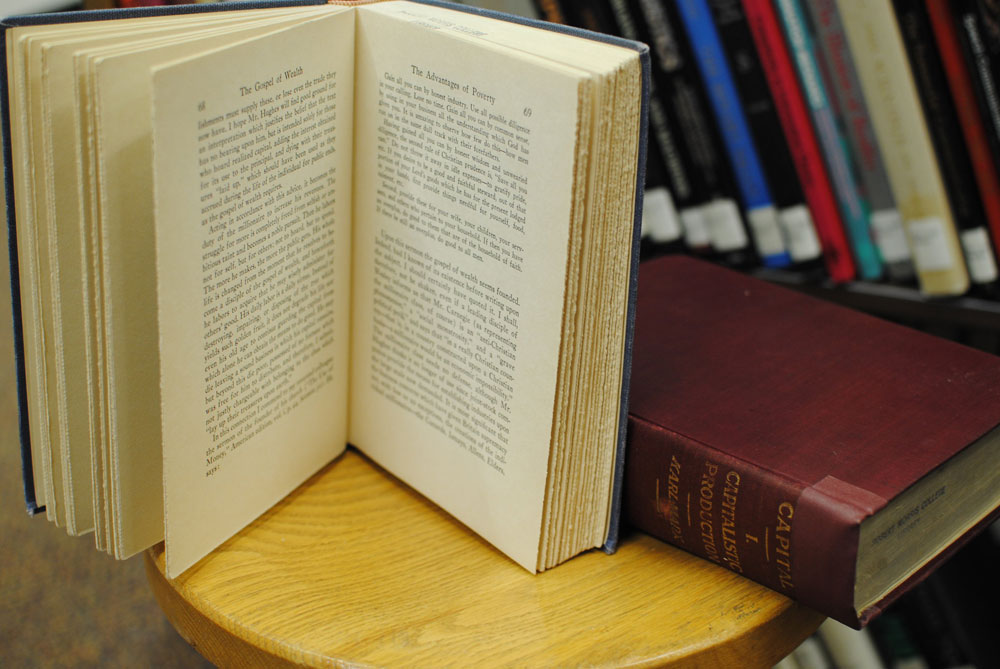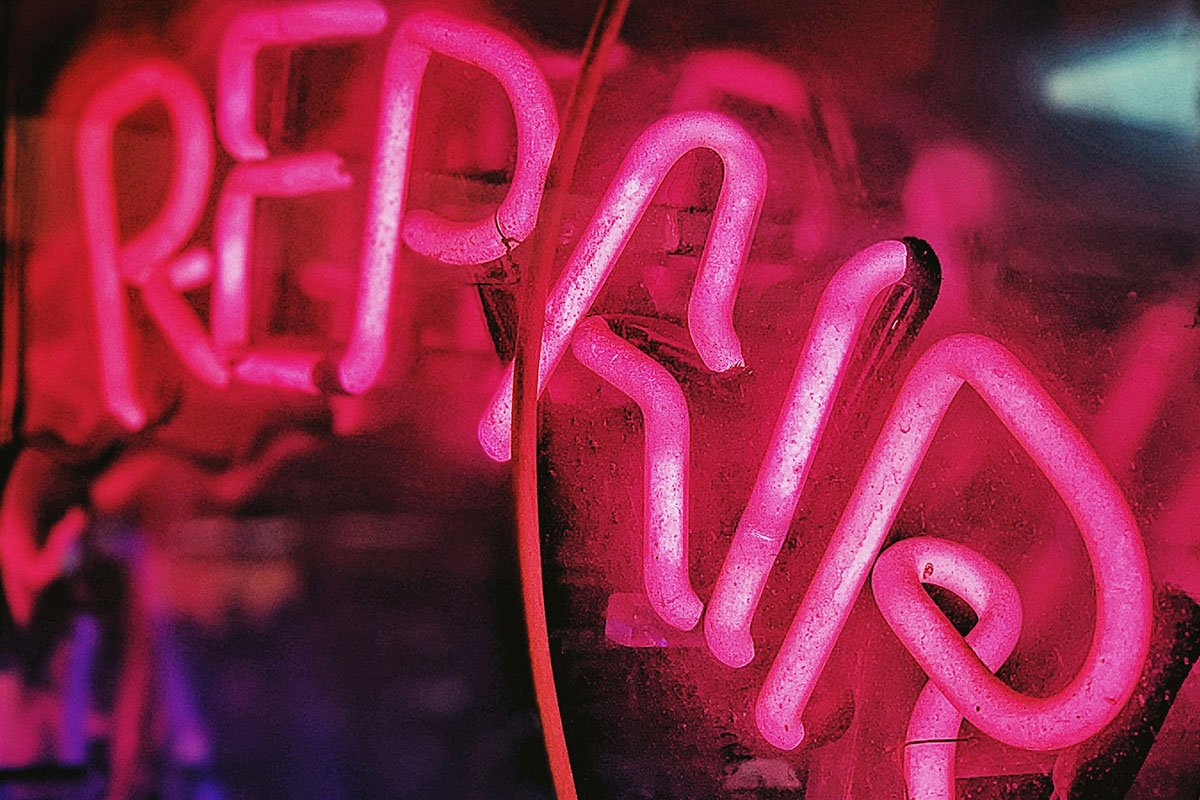
August 2020 marks the tenth anniversary of the Giving Pledge, an initiative cofounded by Bill Gates and Warren Buffett to boost giving by America’s billionaire class. Signers promised to give at least half of their net worth to charity, either while living or upon their death.
The Giving Pledge went public on August 4, 2010, with an initial 40 signers, all from the United States. At that time, there were 403 US billionaires. Now, 10 years later, the US has at least (the number fluctuates) 614 billionaires and dozens more of them have taken the Pledge. Since 2010, over 210 individuals and couples have signed on, and the group has expanded to include international pledgers.
The Giving Pledge, however, has a conundrum—the pace of billionaire wealth increases exceeds the flow of gifts. Many pledges will now likely be fulfilled by bequests to private family foundations, creating a new generation of family foundations that extends private power and influence in the name of generosity.
While Giving Away Half Their Wealth, Their Assets Doubled
The Giving Pledge is a positive statement by a significant portion of US billionaires that they intend to share their wealth. But the wealth of the billionaire class is growing so fast—even during the current pandemic—that it has outpaced giving. If pledgers want to make their promises real, they will have to dramatically accelerate their giving just to keep up with their asset growth.
The cohort of 62 US giving pledgers who were billionaires in 2010 have seen their wealth almost double over the past decade, even after adjusting for inflation. Their combined assets increased from $376 billion in 2010 to $734 billion in 2020 (as of July 18, 2020), according to our Institute for Policy Studies analysis.
Nine giving pledge members have seen their wealth more than triple over the past decade, including Mark Zuckerberg (1,783 percent), John Doerr (416 percent), Marc Benioff (400 percent), Bernie and Billie Marcus (311 percent), Ken Langone (288 percent), Ray Dalio (280 percent), Arthur Blank (277 percent), Stephen Schwarzman (245 percent), and Scott Cook and Signe Ostby (221 percent).
The 100 living US pledgers who were billionaires on March 18, 2020 had a combined wealth of $758 billion on that date, according to Forbes’ annual Billionaires Survey. Since then, during the worst four months of the pandemic, their collective wealth has increased by $214 billion, or 28 percent.
The Giving Pledge is a Case Study in Top-Heavy Philanthropy
The Giving Pledge is a reflection of the “top-heavy” giving trends resulting from four decades of wealth inequality. In a new report we co-authored, Gilded Giving 2020: How Wealth Inequality Distorts Philanthropy and Imperils Democracy, we document how the giving sector now mirrors the larger income and wealth inequality trends ravaging all aspects of society.
In 2019, almost $450 billion was donated to charities, up 4.2 percent over the previous year, according to Giving USA. But this upward trend, as NPQ has often noted, masks a growing imbalance in who gives.
Donations from small donors have been on a 20-year downward trend as low- and middle-income donors feel the squeeze from stagnant wages, declining savings and homeownership, the Great Recession of 2008, and now the pandemic. Between 2000 and 2016 (most recent data), the percentage of households giving to charity has dropped from 66 percent to 53 percent.
Meanwhile, almost all the growth in charitable giving has come from wealthy donors. A third of all charitable deductions are now claimed by households making over $1 million, with 52 percent claimed by households with over $200,000 annual income.
Moving the Money
For their commitments to be meaningful, some giving pledgers need to dramatically pick up the pace—or their promise may be viewed only as a publicity stunt.
For example, Spanx founder and billionaire Sara Blakely signed the Pledge in 2013. Blakely had already established the Spanx by Sara Blakely Foundation in 2006 to focus on women’s issues, but she has given less than $150,000 of her own assets to the foundation or other charities so far.
Billionaires like Blakely can take inspiration from some who have fulfilled their pledges to the point where they are no longer billionaires. Chuck Feeney, one of the original Giving Pledge members, gave away $8 billion over 22 years in an effective and focused manner through his Atlantic Philanthropies foundation. After reading Laura Garrett’s book, The Coming Plague, Atlantic made substantial investments in helping Vietnam develop a resilient public health system, which has served as a global leader in the response to the COVID-19 pandemic.
Sign up for our free newsletters
Subscribe to NPQ's newsletters to have our top stories delivered directly to your inbox.
By signing up, you agree to our privacy policy and terms of use, and to receive messages from NPQ and our partners.
CNN founder Ted Turner is currently worth about $2 billion but has given billions directly to various health and environmental charities. His giving includes a single gift of $1 billion in 1998—a third of his wealth at the time—to establish the United Nations (UN) Foundation. Turner originally intended the foundation to sunset after 10 years, but he extended its lifespan at the urging of the UN itself, citing its effectiveness in reducing childhood diseases and providing humanitarian relief globally.
Lynn and Marc Benioff, the founder of Salesforce, nearly always give directly to working charities. They gave over $200 million between 2017 and 2019 for medical research centers, public higher education, and homelessness and housing issues. Benioff has been vocal in his criticism of foundations and donor-advised funds, believing the wealthy should give their money away as they earn it—what he calls the “pay as you go” model.
MacKenzie Scott, the former spouse of Jeff Bezos, recently made a bold first announcement about how she plans to fulfill her Giving Pledge to give away most of her wealth, currently valued at $52 billion. In her statement on Medium, MacKenzie Scott announced $1.67 billion in direct grants to 116 charities, mostly addressing racial injustice and other aspects of inequality. Instead of parking money in perpetuity in a private foundation or a donor-advised fund, Scott pledged “to give the majority of wealth back to the society that helped generate it, to do it thoughtfully, to get started soon, and to keep at it until the safe is empty.”
These should serve as examples to the remaining giving pledgers.
Are You Relinquishing Dominion and Control?
The laws governing charitable giving state that donors receive tax reductions in exchange for “relinquishing dominion and control” over their gifts. But our analysis indicates that most Giving Pledge donations will likely end up parked in private foundations controlled by family members or in donor-advised funds (DAFs).
Giving to private foundations slows the flow of charitable funds to active nonprofits. It allows wealthy donors and their families to continue to leverage foundation assets as an extension of their personal power and influence. And substantial resources end up diverted to foundation overhead and fees that may directly or indirectly benefit family members. There is over $1.2 trillion parked in private foundations and an estimated $120 billion in DAFs.
The wealthier the donor, the more advantaged the charitable tax deduction becomes. We taxpayers have a legitimate interest in ensuring these funds serve the public interest and not be sequestered in private foundations and DAFs, the fastest growing areas of the giving sector. Recent Ipsos polling shows that the public, when they learn about these arrangements, oppose taxpayer subsidizes for perpetual private foundations.
In our analysis of giving pledgers who have died, most fulfilled their pledge with bequests to private family foundations. For example, Barron Hilton signed the Giving Pledge in 2010; he died in 2019 with an estimated $4.5 billion in assets. While he was living, he gave away $1 billion to charity. Upon his death, $2.4 billion from his estate went to the Conrad N. Hilton Foundation, founded by his father in 1944.
But shifting money to a family foundation doesn’t necessarily mean most of these funds go to working charities. According to its most recent tax return, for example, the Conrad N. Hilton Foundation had assets of $2.8 billion and gave out $101 million in grants in 2018. They also declared $51 million in various overhead expenses that year, including $5.6 million in compensation of officers, directors and trustees; $9 million in other employee salaries and wages; $3.6 million in pensions and employee benefits; and $1.9 million in travel. The compensation included $1.56 million in salaries to each of two vice-presidents, and over $693,000 to the foundation’s president and CEO. The foundation paid out $35,000 to each of the six Hilton family members serving on the board.
The publicly funded charitable tax deduction should reward donors who give up dominion over revenue and transfer it directly to active working charities.
Actions to Ensure the Giving Pledge Benefits Society
We need to make sure that the donations from giving pledgers—and other mega-donors—benefit society. There are legal and statutory changes we can make to do this, which we outline in our recent report. First and foremost, we should pass an emergency charity stimulus legislation to move $200 billion off the charity sidelines to frontline nonprofit organizations. This would include three-year mandates to double the payout requirement of private foundations from five percent to 10 percent and to require individual DAF accounts—which currently have no payout requirement—to distribute 10 percent of their assets. The bill would also eliminate loopholes that currently allow excessive overhead, for-profit investments, and donations between foundations and DAFs to be counted toward payout rates.
In the longer term, we should ensure that tax write-offs for charity can only be claimed by donors when they relinquish dominion and control over the destination and management of donated funds.
Our end goal should be to democratize and decolonize philanthropy. This would mean transferring charitable revenue to more broadly democratic decision-making structures that are governed by non-wealthy institutions and communities.
If reform efforts are successful, the 20th anniversary of the Giving Pledge will not see an increased number of giant private foundations. Instead, success looks like a significant transfer of wealth and power to more democratically controlled charity organizations.











